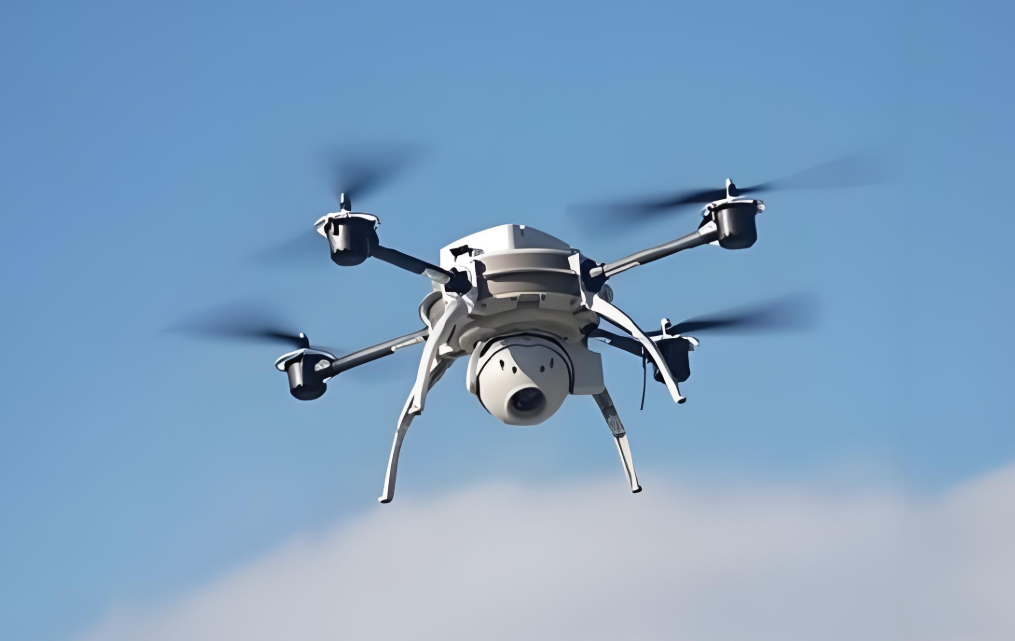A thermal vacuum test chamber is a device used to simulate high-temperature vacuum environments, primarily for testing and researching the performance and stability of materials and components under extreme conditions. However, during operation, certain hazardous situations may arise, requiring attention and preventive measures.
Firstly, high temperature is one of the most prominent features of a thermal vacuum test chamber. Excessive temperatures may lead to damage of internal components, equipment failure, or even severe consequences such as fires. Therefore, when operating the chamber, it is essential to strictly control the temperature to ensure the device operates within safe limits. Additionally, emergency cooling equipment should be installed to prevent overheating.

Secondly, the vacuum environment is another critical characteristic of the thermal vacuum test chamber, but excessively high vacuum levels may pose risks to both the equipment and operators. For example, during operation, if poor sealing causes a drop in vacuum, gas accumulation inside the chamber may occur, potentially leading to explosions or other hazardous situations. Moreover, using materials or components that do not meet relevant standards in a vacuum environment may also result in dangers such as gas release. Hence, when operating the chamber, strict adherence to operational procedures is necessary to ensure the vacuum level remains within safe limits, and only compliant materials and components should be used.
Thirdly, electrical malfunctions or equipment damage may also occur in thermal vacuum test chambers, potentially leading to hazardous situations. For instance, electrical faults may cause short circuits or electric shocks, while equipment damage may result in uncontrolled temperatures or vacuum loss. Therefore, during operation, regular inspections of the electrical system and mechanical components are essential to ensure proper functioning, and any damaged parts should be repaired or replaced promptly.
In summary, potential hazards during the operation of a thermal vacuum test chamber include excessive temperatures, vacuum loss, and electrical failures. To ensure the safety of operators and equipment, it is crucial to strictly control temperature and vacuum levels, use compliant materials and components, and conduct regular inspections and maintenance to guarantee proper operation. Only by taking these measures can the safe operation of the thermal vacuum test chamber be ensured, along with the accuracy and reliability of testing and research.












